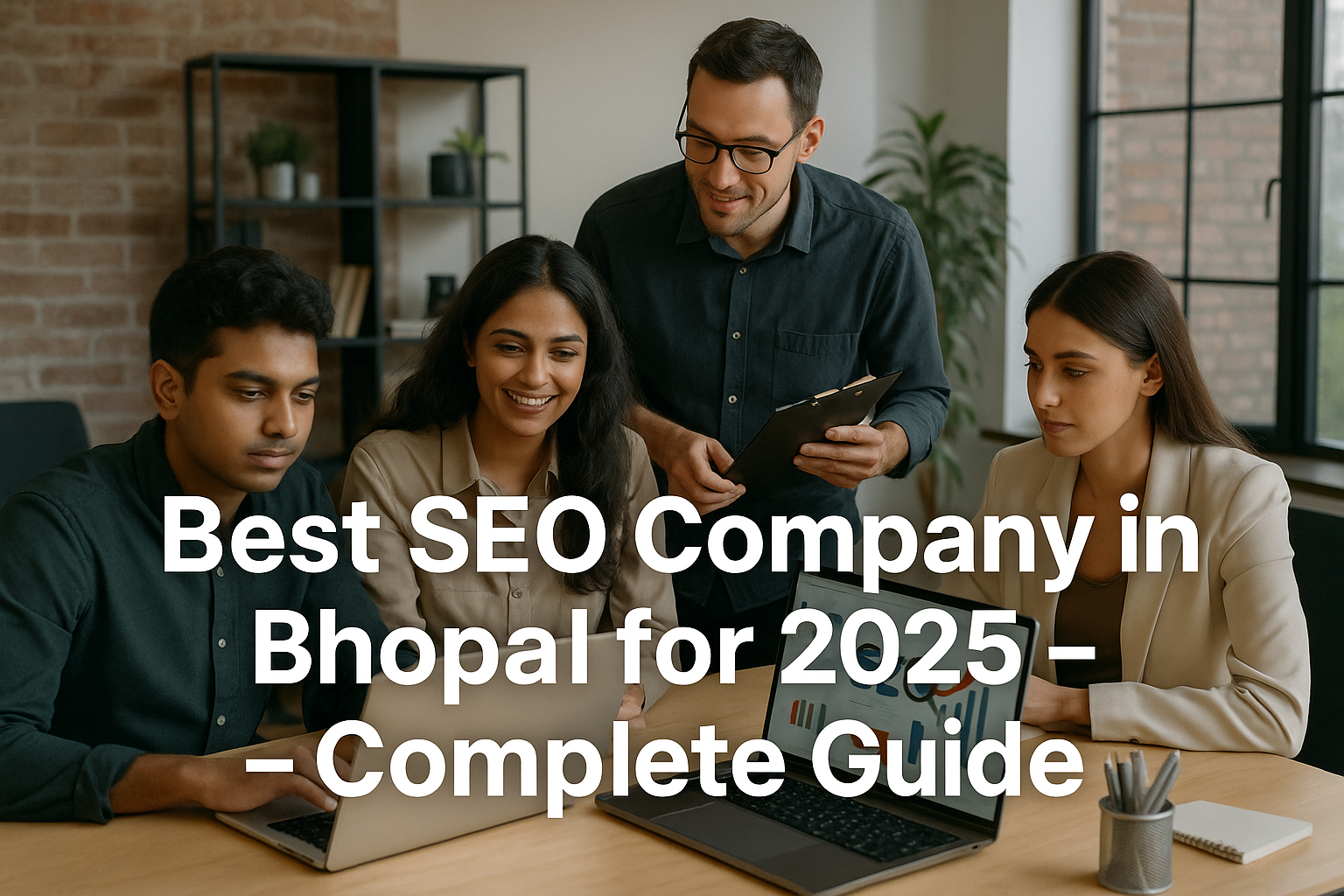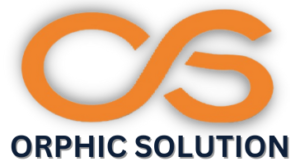Industry News and Trends
The Rise of Voice Search: Optimizing Your SEO Strategy

In the ever-evolving landscape of digital marketing, one trend has been making significant waves in recent years: the rise of voice search. As more and more consumers turn to voice assistants like Siri, Alexa, and Google Assistant to find information and make inquiries, businesses must adapt their SEO strategies to stay ahead of the curve. In this blog post, we’ll explore the importance of voice search optimization, the relationship between voice search and SEO, and how natural language processing (NLP) is reshaping the way we approach digital marketing.
Voice Search Optimization: The New Frontier of SEO

Voice search optimization is the process of optimizing your website and content to make it more discoverable and relevant for users who conduct voice. This involves understanding how people use voice search, the types of queries they ask, and the devices they use to perform.
Voice Search Optimization: Unlocking the Power of Voice Search Queries
Voice search optimization has quickly become a crucial aspect of any comprehensive SEO strategy. With the increasing prevalence of smart speakers and voice-enabled devices, optimizing your website and content for voice queries is no longer optional—it’s essential for staying competitive in today’s digital landscape.
Voice Search SEO: Adapting to Changing Search Behaviors

Voice search SEO involves tailoring your website and content to match the unique characteristics of voice queries. Unlike traditional text-based searches, voice queries tend to be longer and more conversational in nature. As a result, businesses must focus on optimizing for natural language and long-tail keywords that align with the way people speak .
Voice Search Optimization: Key Strategies for Success
Understand User Intent: To optimize for voice search, it’s essential to understand the intent behind users’ queries. Conduct thorough keyword research to identify the types of questions and queries your target audience is likely to ask .
Create Conversational Content: When creating content, focus on providing informative, conversational answers to common questions related to your industry or niche. Use natural language and avoid overly technical or jargon-heavy language.
Optimize for Local Search: Voice search is often used for local queries, such as “near me” searches. Ensure that your business listings are accurate and up-to-date on platforms like Google My Business, Yelp, and Bing Places Voice .
Structure Your Content for Featured Snippets: Featured snippets are concise, informative answers that appear at the top of search engine results pages. Structuring your content in a way that answers common questions can increase your chances of being featured in results.
Leverage Schema Markup: Schema markup is a form of structured data that helps search engines understand the content of your website. By implementing schema markup, you can provide additional context to search engines and improve your chances of appearing in results.
Voice Search Optimisation: Leveraging Natural Language Processing (NLP)
At the heart of optimization lies natural language processing (NLP), a branch of artificial intelligence (AI) that enables computers to understand, interpret, and generate human language in a way that is both meaningful and contextually relevant. By leveraging NLP algorithms, search engines can better understand the intent behind voice queries and deliver more accurate and personalized search results.
Voice Search and SEO: A Symbiotic Relationship
SEO go hand in hand, with each influencing the other in significant ways. As continues to grow in popularity, businesses must adapt their SEO strategies to accommodate the changing search behaviors of consumers. This means optimizing for conversational keywords, providing concise and relevant answers to common questions, and ensuring that your website is mobile-friendly and easily accessible to voice-enabled devices.
Language Processing AI: Shaping the Future of Digital Marketing
As technology continues to advance, the role of language processing AI in digital marketing will only continue to grow. By harnessing the power of NLP and other AI-driven technologies, businesses can gain valuable insights into consumer behavior, personalize their marketing efforts, and deliver more engaging and relevant experiences to their target audience.
In conclusion, the rise of voice search represents a paradigm shift in the way we approach SEO and digital marketing. By embracing optimization, businesses can stay ahead of the curve and position themselves for success in an increasingly voice-driven world. So, don’t wait—start optimizing your SEO strategy for today and reap the rewards of improved visibility, increased traffic, and higher conversions.
Blog
Best SEO Company in Bhopal for 2025 – Complete Guide

Why SEO Matters More Than Ever in 2025
In 2025, digital presence isn’t just important—it’s essential. With more brands shifting online, businesses need a smart, sustainable way to stay visible in an ever-competitive space. That’s where SEO comes in. And if you’re looking to dominate local search and grow your business in central India, finding the best SEO company in Bhopal is the first step.
Whether you’re a startup, small business, or established brand, the right digital marketing company in Bhopal can boost your visibility, leads, and conversions significantly. So, what separates the good from the best? Let’s dive in.
What Makes a Digital Marketing Company in Bhopal Truly the Best?
A digital marketing company must go beyond basic keyword optimization. The best digital marketing companies in Bhopal offer full-service solutions—from content strategy to technical SEO, local SEO, paid ads, and social media marketing.
The best digital marketing company in Bhopal should provide:
- Transparent reporting
- Industry-standard tools
- ROI-driven campaigns
- Personalized strategies
When looking for a digital marketing agency in Bhopal, consider the ability to adapt to local and national trends. A true digital marketing agency will know your audience better than any outsourced team.
Orphic Solution – Bhopal’s Trusted SEO Partner for 2025
With over 8 years of experience, Orphic Solution is proud to be recognized as the best SEO company in Bhopal by dozens of satisfied clients. We don’t just rank websites—we grow businesses.
Here’s why Orphic stands out as the best SEO agency in Bhopal:
- Custom SEO & PPC strategies tailored for your business
- Dedicated SEO experts with real-time support
- Proven success with local and national clients
- Transparent monthly reporting
If you’re looking for Bhopal’s best SEO company, Orphic Solution is the name to trust.
Top SEO & Digital Marketing Trends in Bhopal (2025 Edition)
The SEO and digital marketing trends are evolving fast. In 2025, brands must adopt:
- AI-powered keyword research and content creation
- Voice search optimization
- Mobile-first and Core Web Vitals compliance
- Hyperlocal SEO targeting
- Quality backlinks from high DA sites
Businesses investing in digital marketing services that align with these trends will win.
Why Choose a Local SEO Company in Bhopal Like Orphic Solution?
Choosing a local SEO company in Bhopal gives you the upper hand. A local partner understands Bhopal’s market nuances, competition, and customer behavior.
Orphic Solution, a leading digital marketing agency in Bhopal, offers:
- Hands-on campaign management
- In-person consultations
- Tailored SEO strategies for Bhopal-based businesses
Whether you’re in retail, real estate, education, or healthcare, our digital marketing services will deliver measurable results.
Get Started with the Best SEO Company in Bhopal Today
Don’t let your competitors outrank you. Partner with Orphic Solution—the best digital marketing in Bhopal and your go-to SEO company in Bhopal—to increase visibility, grow traffic, and boost sales.
Ready to grow your business online? Contact Orphic Solution today for a free SEO consultation and let us help you dominate the search results.
Blog
Google’s New Algorithm Updates 2024: Impacts on Local SEO and Content Quality

In 2024, Google has rolled out several significant algorithm updates that are reshaping the landscape of local SEO and content quality. These changes are crucial for businesses to understand in order to stay competitive and maintain high search engine rankings. Let’s explore the impacts of these updates and the best strategies to adapt.
Understanding Google Algorithm Updates 2024

The Google algorithm updates 2024 have introduced several changes aimed at improving the quality and relevance of search results. These updates emphasize high-quality content, proximity-based SEO, and strict spam policies.
The Google Vicinity Update
One of the major changes in 2024 is the Google Vicinity update, which focuses on proximity-based SEO. This update prioritizes businesses that are geographically closer to the searcher, enhancing the relevance of local search results. For local businesses, this means optimizing their online presence to appear prominently in local searches.
Impacts on Local SEO Strategies
The Google Vicinity update significantly impacts local SEO strategies. Businesses need to focus on local search optimization to ensure they are visible to nearby customers. Here are some strategies to consider:
- Optimize Google My Business (GMB) Profiles: Ensure your GMB profile is complete with accurate business information, hours, and high-quality images.
- Local Keywords: Use location-specific keywords in your website content, meta descriptions, and titles to enhance local search visibility.
- Customer Reviews: Encourage satisfied customers to leave positive reviews on Google, as reviews are a critical factor in local rankings.
Enhancing Content Quality SEO
With the 2024 updates, Google places a stronger emphasis on high-quality content SEO. Content must be informative, well-written, and relevant to the user’s search intent. Here are some SEO best practices 2024 for content:
- In-depth Content: Create comprehensive content that thoroughly covers the topic. Avoid thin content that lacks substance.
- Originality: Ensure all content is original and not duplicated from other sources. Google rewards unique insights and perspectives.
- User Experience: Focus on user experience by making your website easy to navigate, mobile-friendly, and fast-loading.
Adapting to Google Core Update Effects
The Google core update effects are evident in how search rankings fluctuate based on content quality and relevance. To adapt, businesses should follow these SEO content guidelines:
- Regular Updates: Keep your content updated to reflect the latest information and trends.
- Engaging Media: Use images, videos, and infographics to make content more engaging and valuable to users.
- Author Expertise: Highlight the expertise and credentials of content authors to establish authority and trust.
Addressing Spam Policy Updates
Google’s updates in 2024 include stringent spam policy updates Google. These policies aim to reduce spammy and low-quality content. Here’s how to ensure your site complies:
- Avoid Keyword Stuffing: Use keywords naturally and avoid overstuffing them into your content.
- Link Quality: Focus on building high-quality backlinks from reputable sources rather than engaging in link schemes.
- Content Authenticity: Ensure all content is genuine and offers real value to users, avoiding tactics that might be perceived as manipulative.
Proactive Measures for Search Ranking Improvements
To achieve search ranking improvements, it’s essential to stay ahead of the curve with continuous optimization. Here are some proactive measures:
- Audit Regularly: Conduct regular SEO audits to identify and fix issues that may affect your rankings.
- Engage Users: Foster engagement through interactive content, social media integration, and responsive customer service.
- Monitor Competitors: Keep an eye on competitors’ strategies and adapt your own tactics to stay competitive.
Conclusion
The Google search algorithm changes in 2024 highlight the importance of high-quality content and local relevance. By focusing on content quality SEO, leveraging proximity-based SEO strategies, and adhering to updated SEO best practices 2024, businesses can navigate these changes effectively. Staying informed and proactive is key to maintaining strong search engine performance and achieving long-term success.
Implement these strategies and continuously adapt to the evolving SEO landscape to ensure your business remains visible and competitive in the ever-changing digital world.
Blog
10 Effective Ways to Use Analytics to Drive Marketing Decisions
In today’s competitive landscape, data-driven marketing is essential for making informed decisions and optimizing campaigns. Utilizing marketing analytics tools can provide valuable insights and help you improve your strategies. Here are ten effective ways to use analytics to drive your marketing decisions.
1. Leverage Customer Insights

Understanding your customers is crucial for crafting targeted marketing campaigns. Analytics tools can provide deep customer insights, such as demographics, behavior patterns, and preferences. By analyzing this data, you can tailor your messages and offers to meet their needs, enhancing engagement and satisfaction.
2. Optimize Conversion Rates
Conversion rate optimization (CRO) is about increasing the percentage of visitors who complete a desired action on your website. Use analytics to identify bottlenecks in your conversion funnel and test different elements to see what works best. Tools like Google Analytics offer insights into user behavior, helping you make data-driven decisions to improve conversions.
3. Utilize Google Analytics Tips
Google Analytics is a powerful tool for tracking and analyzing website traffic. To get the most out of it, follow some essential Google Analytics tips, such as setting up goals, using custom reports, and analyzing user flow. These practices can help you understand how visitors interact with your site and identify areas for improvement.
4. Conduct In-Depth Data Analysis in Marketing
Performing thorough data analysis in marketing allows you to uncover trends, patterns, and insights that can inform your strategy. Use marketing analytics tools to collect and analyze data from various sources, such as social media, email campaigns, and website traffic. This comprehensive approach enables you to make informed decisions based on real data.
5. Track Marketing Performance Metrics
Tracking marketing performance metrics is essential for measuring the success of your campaigns. Key metrics include click-through rates (CTR), conversion rates, and customer acquisition costs. By regularly monitoring these metrics, you can identify what’s working and what needs adjustment, ensuring your campaigns are effective and efficient.
6. Implement Audience Segmentation
Audience segmentation involves dividing your target audience into distinct groups based on specific criteria, such as demographics, behavior, or preferences. Use analytics to identify these segments and tailor your marketing efforts to each group. This approach can lead to more personalized and relevant campaigns, improving engagement and conversion rates.
7. Focus on ROI Tracking
Return on investment (ROI) tracking is critical for understanding the financial impact of your marketing efforts. Use analytics tools to measure the ROI of different campaigns and channels. This information helps you allocate resources more effectively and focus on strategies that deliver the highest returns.
8. Utilize Predictive Analytics in Marketing
Predictive analytics in marketing involves using historical data and machine learning algorithms to forecast future trends and behaviors. This approach can help you anticipate customer needs, optimize inventory, and plan marketing campaigns more effectively. By leveraging predictive analytics, you can stay ahead of the competition and make proactive decisions.
9. Enhance Marketing Campaigns with A/B Testing
A/B testing is a method of comparing two versions of a marketing asset to see which one performs better. Use analytics to track the performance of different elements, such as headlines, images, or call-to-action buttons. This data-driven approach allows you to make informed decisions about what works best for your audience.
10. Integrate Data from Multiple Sources
To get a complete picture of your marketing performance, integrate data from various sources, such as social media, email marketing, and web analytics. Marketing analytics tools can help you consolidate this data and provide a holistic view of your campaigns. This comprehensive approach enables you to make more informed decisions and optimize your overall strategy.
By implementing these ten effective ways to use analytics, you can drive better marketing decisions, optimize your campaigns, and achieve greater success. Embrace data-driven marketing and leverage the power of marketing analytics tools to stay ahead in the competitive landscape.






